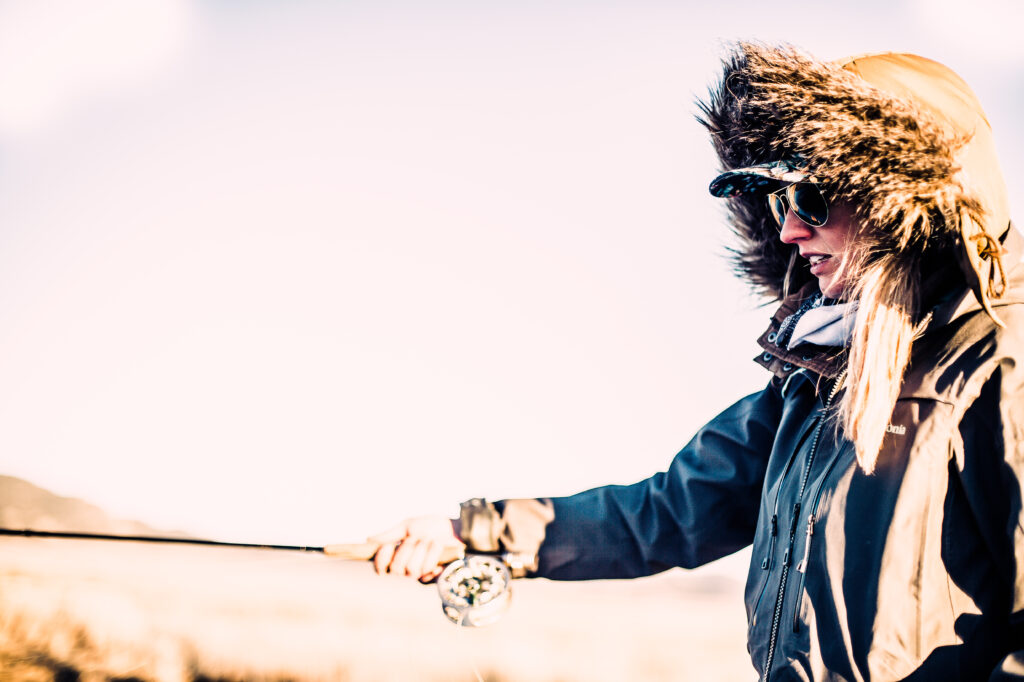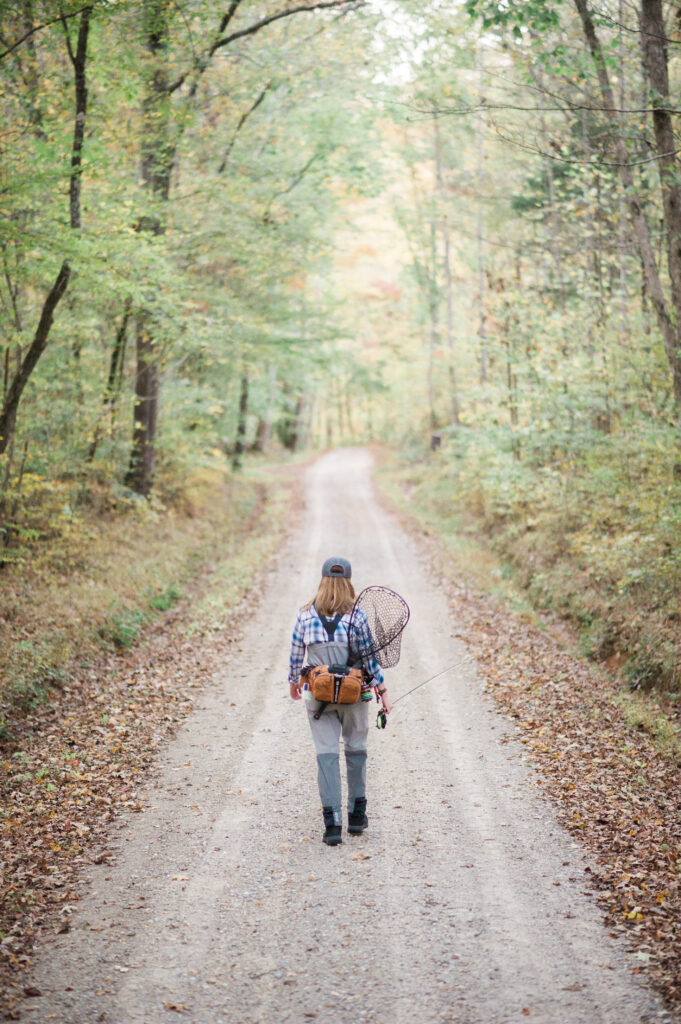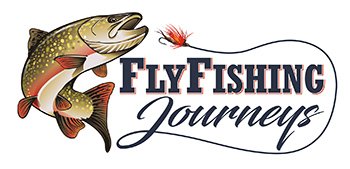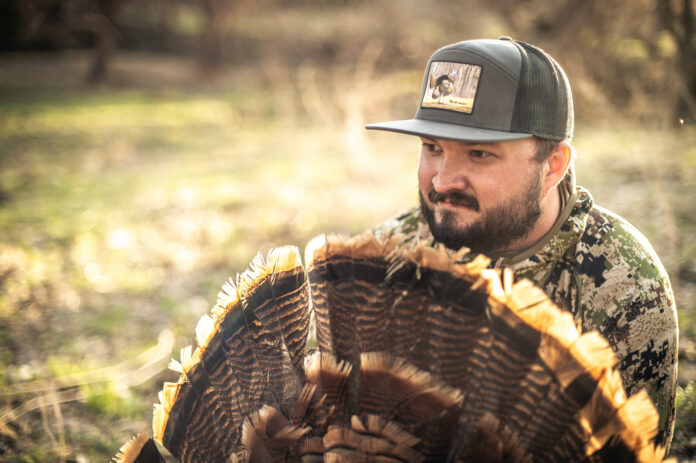Brandon Miller lives in Dover, Tennessee, but travels near and far chasing the perfect photo angle. He shoots primarily on Nikon, although he has tried just about every brand under the sun. Brandon’s photography is fueled by a passion for the outdoors, and a connection to the environment around him.
Although he has shot a lot of different genres of photography, lifestyle and outdoors is his favorite. He learned his skills through trial by fire, by doing and later researching what he did wrong. Throughout Brandon’s profile, he gives awesome tips and tricks for new photographers, or those trying to robust their skills.
Where is home for you? / Where do you typically photograph?
Dover TN is where I lay my head down at the end of the day, but my work takes me all over the globe! From the top of a mountain to the front of a skiff, I love having the opportunity to travel to the places we have come to know and love as anglers.

Why did you begin photography? What inspired you to begin?
So this is a very interesting story. Around the time I got started in photography, I was already working in the fly fishing industry as a web developer and marketing consultant. One of the biggest problems I faced in that position was the lack-luster imagery I was often given to force into my clients campaigns. As someone who takes a lot of pride in their work, I felt let down when I would spend what was more often than not, weeks in design and production to have all my hard work tarnished by low quality images. Quite literally I got into photography to deliver portfolio quality work to my clients with imagery that was sure to captivate their audiences.
Is there a specific niche of photography that you are known for or that you gravitate to?
As with anything I do, I went deep down the rabbit hole and explored all facets this photography as a profession has to offer. Studio work, newborns, weddings, real estate, lifestyle, journalism, you name it, I’ve tried it. Over the years, I have found out what I enjoy and what puts money in the bank.
First and foremost, I absolutely love lifestyle photography. Capturing people doing what they love is the thing that brings me the most joy out of my work. When someone is doing something they love, you can see a whole spectrum of emotions that activity brings out of them.
Take fly fishing for example. You can learn the basics in just a few short lessons and be confidently fishing on your own in no time, but to learn the finesse in a hookset when using light tippet or the feedback from a rod telling you when the precise time to double haul is, that takes years and it really shows in the individuals I have the pleasure of photographing. Pair that with a heavy dose of my own love for the outdoors, and it’s easy to see why I love lifestyle photography.
Now it’s all well and good to have your passions in photography but let’s face it, this gear is EXPENSIVE! Lifestyle photography doesn’t pay nearly as much as I would like it and I have a strong desire to stay up to date with my equipment which is why I take assignments from other avenues. Behind the scenes of my portfolio, I shoot a lot of real estate and weddings to help bolster the coffers.

What is one thing you wish you knew before beginning outdoor/fish photography?
Insurance. Hands down, insurance. Seriously, insurance. If you are planning on getting into doing ANYTHING media related in the outdoor industry, at least get some basic insurance for your gear.
Professional Photographers Association has basic equipment coverage included with their membership and it’s one of the ways I cover my equipment. Seriously, for $27 a month the insurance alone is worth it. Over the years I think I have lost probably $6000 of gear to the river gods. In fact, I think if you look up my name at www.PPA.com/MyFriend you’ll save $35 on your first year. Do it. Thank me later.
Is your photography a full-time job, or do you have a daily gig too?
Well, in a sense yes. At my current day job, I work for Sonoran Desert Institute as a member of the visual content production team. There I shoot, edit, and produce a large portion of our curriculum videos which our students access all over the U.S. So, while not photography specifically, it is video which holds a lot of the same principles of photography. Outside of that, my photography career is largely freelance work.
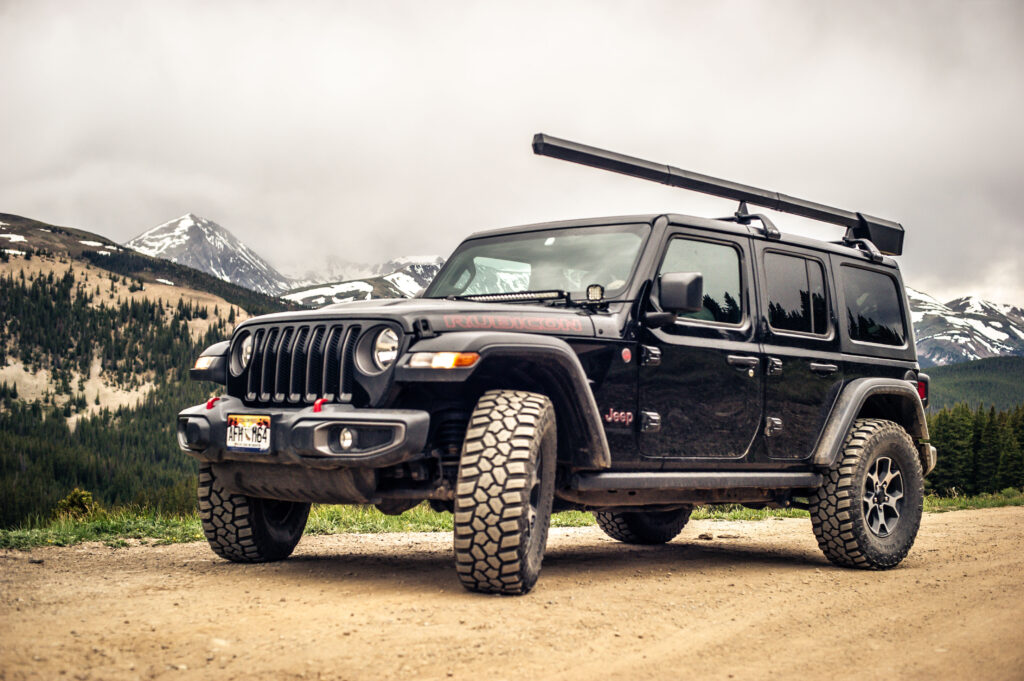
How do you manage a work-life balance as a photographer?
Oh man. I am probably the worst photographer in the world to ask this question to.
Outside of my day job and my freelance work, I am part owner in TrueFly Supply and Talos Outdoors. I am truly an entrepreneur at heart and my work life balance is atrocious.
That being said though, working on my personal projects gives me the same pleasure as someone going skiing or some other activity they enjoy. So does it really count as an imbalance when it’s what I actively seek out? I don’t think so. Since variety is the spice of life, I find my balance in the different projects I have my hands on in order to avoid the dreaded burnout.
What brand of camera equipment do you shoot with?
Nikon all day and everyday. I want to preface that by saying I have also shot Canon, Sony, and Panasonic. I prefer Nikon largely due to the fact that I am colorblind and have developed a way of mathematically color grading my photos utilizing Nikon’s color profiles. I know that enthusiasts of any profession have the propensity to clamor over their choice in tools and that is perfectly acceptable, but you won’t find it with me!
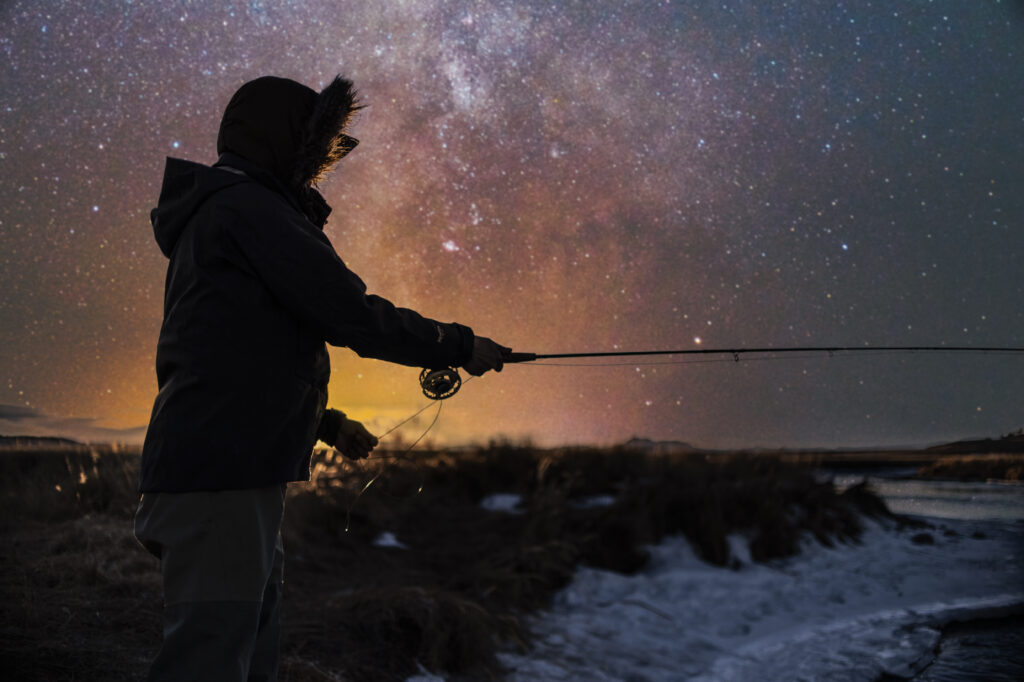
Which lens is your favorite for photographing in various conditions?
If I had to take one lens with me everywhere I go, my 50 1.4 is the one I am grabbing. I used to primarily shoot zoom lenses, but as I became more experienced in my field, I found that prime lenses were better suited for the look I was going for. I mean after all, there is a reason they call them the Nifty Fifty.
Do you take macro-photography of flies? If so, what is your process/lens of choice?
Macro photography can be tricky. Luckily when it comes to taking images of flies (assuming we are talking about the artificial ones we tie) our subjects are motionless which makes the process significantly easier.
Perhaps the most important aspect of macro photography is light.
Use as much light as you can because you will need to stop down the aperture of your lens a ton in order to get everything in focus. My favorite macro focal length is 105 since it produces a 1:1 image on your sensor. So grab a tripod, a camera, that awesome 105, and every lamp in the house, and you’ll be off to the races.

If someone is interested in getting involved in outdoor / fishing photography today, what would be some suggestions you would give them regarding introductory gear (camera body, lens, brand, editing software, etc.)?
The number one thing that drives me nuts about this profession is how easy it is to fall into GAS (gear acquisition syndrome). Heck even I fall victim to it all the time. The long and short of it is, there is so much opportunity to be had with relatively little equipment.
For the sake of this question, I will fill you in on my setup that I had when I got my first published photograph. At the time I was using a Nikon D3300 and a Tamron 17-50mm 2.8. AND THAT’S IT! If you were to buy these two pieces of equipment 2nd hand, you’re looking at a total investment of $400 and this was the same setup I was using when I started getting paid for my work.
What editing software do you use the most for photo edits? Why?
Adobe Lightroom. I had already been working for years in Photoshop, InDesign, and Illustrator for all of my design work, so it was a natural transition for me. There are plenty of different photo editors available in today’s market which are very robust in their own rights. However, Adobe has made Lightroom and Photoshop very accessible to new photographers by offering these two programs in their Photographer Suite for $10 a month.

How did you learn this specific genre of photography?
Trial by fire. I learn through doing and later researching what I did wrong. For me, the process of capturing photos is a personal journey. Sure, you can learn from articles and videos, but those processes are what work for other photographers. I find that if I spend too much time focused on the technical aspects of my shot, my composition suffers. It is for this fact alone that I alter my process to focus more towards composition.
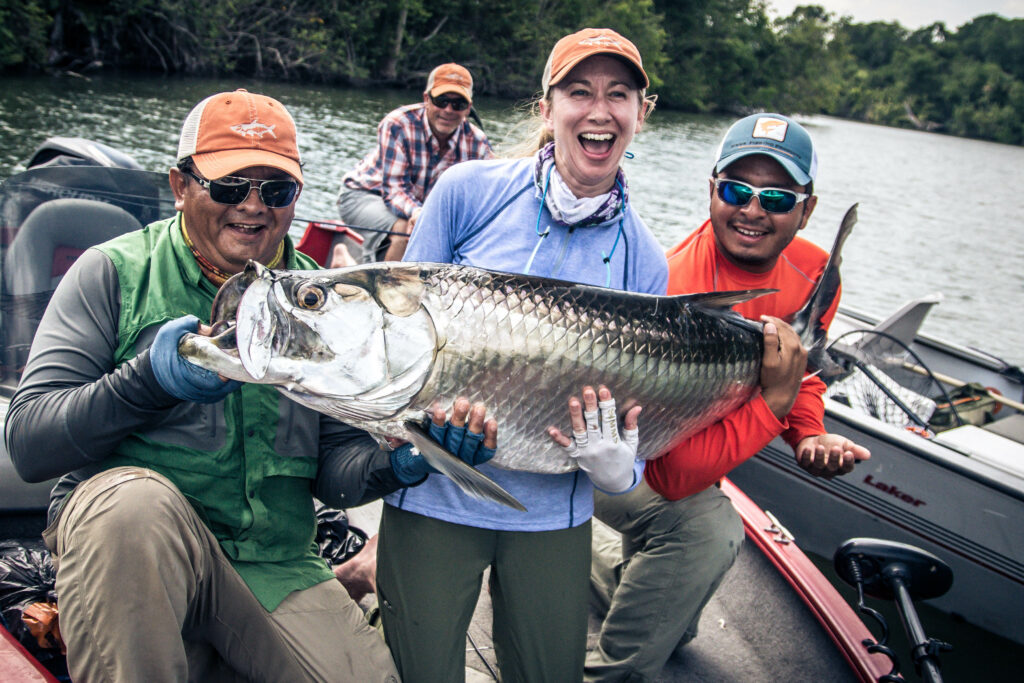
Out of all your photos, which is your favorite and why?
Early on in my career, I had imposter syndrome, thinking I was fooling everyone around me that I was some sort of professional versus actually feeling like I had officially made it.
I was invited to my first ever destination to cover a tarpon fishing trip down in Tabasco Mexico. On that trip, I shared a boat with Sarah Thies, who at the time, was in charge of the Orivs travel department. It was on this trip that Sarah not only caught the largest fish of her life but is to date, the largest tarpon ever caught with Fly Fishing Tabasco. While it’s not the best photo in my portfolio, it’s the one that, for me, marks a pivotal moment in my photography career.

What was your first fishing experience?
My earliest and dearest fishing experience was when I was a kid. I had to be no older than maybe 10 years old. My family and I were camping at Pueblo Reservoir in southern Colorado. To add context to the story, I am the fisherman of the family. I always wanted to spend my time on the water and thanks to my grandpa, Lee Veldhouse, I was armed with the basics on how to effectively drown worms.
One morning I woke up before everyone else and grabbed my tackle box and pole and snuck off to the lake. Pueblo Reservoir has a lot of cliffs that line the water’s edge making it impossible to sit on the bank for a morning of fishing. So what is a young man to do? I climbed half way down to a small outcropping that had just enough room for me to sit with my feet over the edge with my small collection of gear right next to me. As much as I would love to tell you this cliff was 150 feet high, we all know how much bigger we remember things from our childhood, so in reality it was probably closer to 50 feet.
What makes this story stick in my memory is the moment I hooked into a decent sized Walleye. What I hadn’t planned for by choosing my fishing spot is what I was going to do had I actually hooked into anything. After hoisting it up 30’ by its jaw, I got the brilliant idea to tie my stringer to my ankle and let the fish be in the water below me. Turns out stringers are only around 5’ in length and my plan wasn’t going to work. So back to camp I go, trophy in hand to share my spoils with my family.
I also didn’t take into account that I would need to climb back up the cliff with a fish and my gear. The next half hour for that poor fish must have been excruciating since I proceeded to scale the rock wall with it still tied to my ankle slapping against the cliff with every step I took. I remember returning to camp just as everyone was waking up to their surprise that I had already had an all out adventure before they even had their first cup of coffee.
When did you begin fly fishing?
Remember when I said I have the propensity to go deep down rabbit holes? Well the same goes for my introduction to fly fishing. While I wish I could say that I have been fly fishing my entire life like some of my other cohorts in the industry, the fact is that I have not.
During the summer of 2011, I was working as a freelance graphic designer which gave me the freedom to do what I wanted during the fun hours of the day. At that time, I learned about a “fishing” store located in my hometown of Parker, Colorado. One afternoon I wandered in and immediately could tell I was out of my element. The store owner at the time, Theo Anest, asked if I had ever cast a fly rod. Believe me when I say hook line and sinker he got me good that day. I ended up leaving that store with a 5 wt outfit, fly box, and about 2 dozen flies. The rest is history. Now I own at least one rod of every weight and style and have dedicated myself to learning every aspect of this fine sport.

What draws you to fly fishing, both personally and professionally?
For me, the fact that fly fishing is exponentially more involved than conventional fishing is the largest draw for me. There are a million and one decisions to make for a day on the water, some of which start the day before. Fly fishing is a sport one could get lost in all of the details and for me that’s the allure. Every outing, even to the same river, is a completely new experience devoid of monotony.
Who is your biggest inspiration or mentor?
When I first got my foot in the door working at a digital agency in the outdoor industry, I had an opportunity to work alongside fellow photographer Russ Schnitzer. At the time, I hadn’t even picked up a camera or even knew the first thing about photography. His ability to capture the perfect moment was evenly matched by his ability to evoke thought in his imagery through very tasteful edits. A fair number of his images came across my desk where I was tasked with working them into various marketing campaigns and other digital media. It was through this collaborative process that I started to pick up the basics of shooting with a camera more robust than a simple point and click. Not too dissimilar from fly fishing, the amount of things to learn and the choices to be made in photography are innumerous. Needless to say, I was hooked from the beginning.

Do you remember your first published piece?
Ironically enough, my first online publication as well as my first print publication were from the same media outlet. After meeting Jen Ripple, Editor in Chief at Dun Magazine, at ICAST we quickly became friends after swapping war stories of recent fishing excursions. Being a new photographer in the fly fishing industry, I was eager to cut my teeth on a few assignments to start getting my name out there. Little did I know that my ability to connect authors with Jen would be the catalyst I needed to land at least one piece of published media in just about every new release of her women’s fly fishing publication.
With so many people scrolling on their phones, does social media play a role in your photography?
I’ll be the first to admit that my social media has taken a few turns over the years. At first it started out as my personal outlet to share my life’s happenings similarly to most social accounts. As I progressed in my photography career, I shifted my focus on the photography assignments that brought in money. During this phase of my social media, I posted a lot of portraiture, weddings, and family photography. This allowed me to acquire more equipment as my knowledge and passion for the field grew. Nowadays, I am leveraging my online presence to spend more time in front of the camera telling my story and inspiring other photographers to take up their cameras and get outdoors.

Do you have any tips to help people take better photos with their smartphones?
Oh goodness. If anyone has any tips, please feel free to share them with me because my smartphone game is about as dismal as it comes. I have become such a technical shooter with my DLSR that when I am expected to take a photo or video with a smartphone, my brain goes blank and all logic leaves the building.
Do you suggest any smartphone apps for photo editing?
This would be an ideal spot to say something about old dogs and new tricks… except for I am not that old. I am so ingrained in my editing and shooting process, that the thought of editing on my phone makes me cringe. I know there are people out there that can bang out some great edits on their phone, however I am not one of them. One of the most difficult aspects of editing on a phone (especially when editing video) is trying to use the sliders to cut, trim, or add values in a precise manner. It seems like every time I lift my finger, that slider wants to jump around.
Any tips for other aspiring outdoor / fishing photographers?
Honestly, the best tip I can give any aspiring artist is to just get out there and be creative with the tools you have. If all you have is your smartphone, awesome. Get out there and shoot. Be creative and try to think of new ways to shoot the same picture each and every time. By now I have 5TB of raw images throughout my career. Do you REALLY think every single photo is a winner?
As you expand your creativity, you’ll find a path that will eventually work its way into the fold as your main process. If you are looking to earn some cash for your photos, here are a few methods to consider: selling fine art prints, local newspaper/magazine journalism, lifestyle shots of products being used to sell back to the manufacturer, collaboration with public figures/influencers. There are many ways to earn money with photography, sometimes you have to be just as creative with your approach.
What is your favorite weather to photograph in, or what is your favorite time of day?
Apart from the photographer’s choice of the Golden Hour at sunrise or sunset? Yes, actually. I actually prefer Blue Hour for a lot of my best photos. Blue Hour is the hour before sunrise and the hour after sunset. With the very last bits of light quickly fleeting, images straight out of the camera come with more depth and higher contrast. Pair that with the fact there is virtually 0% chance for any harsh lighting, and you have the foundation for some great editing magic. Also, when Blue Hour meets Civil Twilight, that is one of the only brief moments throughout the day that you can capture those amazing silhouette photos of a colorful sky and your subject completely blacked out.
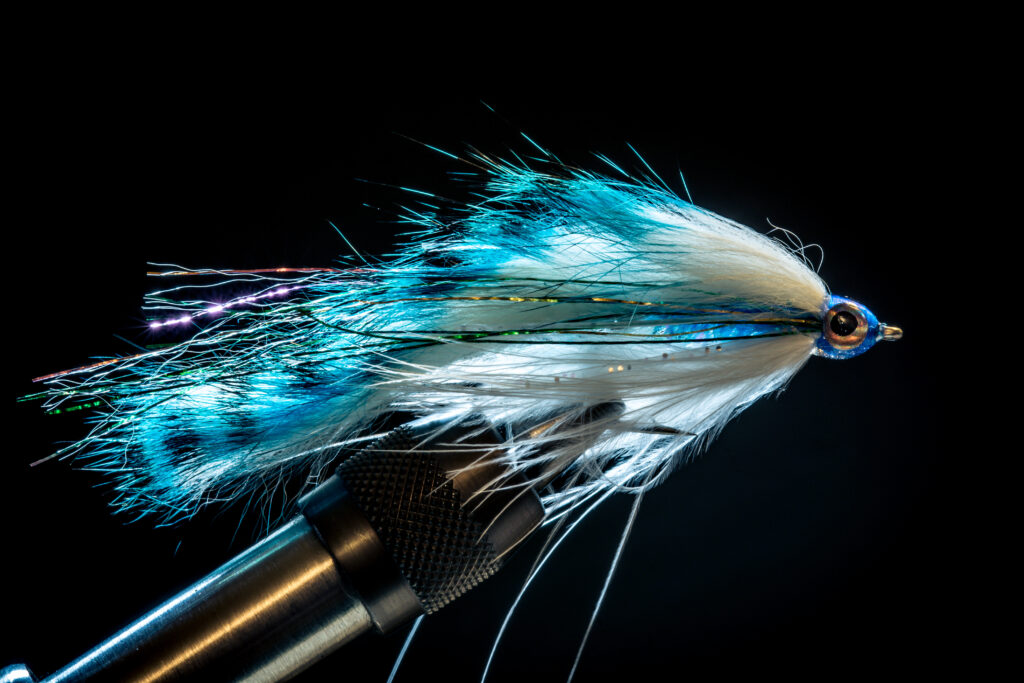
What photography trends currently inspire your work?
I try to veer away from trends as it is easy to fall into the trap of constantly comparing my work to others. I know for certain I am not the only photographer that falls victim to this either.
A few years ago, I made a deal with myself that I would develop my own 3 different styles that each have their specific uses. What largely inspired the outcome of each of those styles was how infatuated I was with shooting film at the time. I spent a long time developing my styles to match my favorite film stocks which ultimately led to me becoming a hybrid shooter (shoots both digital and film) in my professional assignments. This would later come to bite me, and a plethora of other hybrid photographers, in the rear years later. One of my styles closely matches FujiFilm’s Pro 400-H emulsion which was discontinued in Jan 2021. Now I spend my free time scouring the internet to purchase unused rolls in bulk to hoard away in my freezer in a fickle attempt to avoid altering my editing style yet again.
Where can people find your artwork? (Retail store, online store, social media handles, etc)
Those interested to view my formal pieces can do so at my site: http://brandonmiller.photography.
Otherwise, I would love to connect with you on Facebook: /quicklygoingnowhere Instagram: @brandonmillerphotos or TikTok: @brandonmillerphotos
Any parting thoughts you’d like us to add?
If you’ve made it this far in my incoherent ramblings, congratulations! You have a better attention span than I do. That being said I love talking about all things outdoors and photography, oh and a good beer too! So if you have any questions on where to get started or want to share a piece you’ve been working on, I welcome you to reach out. I’d enjoy the opportunity to be the photographer that helped you get on your way in this exciting field!

